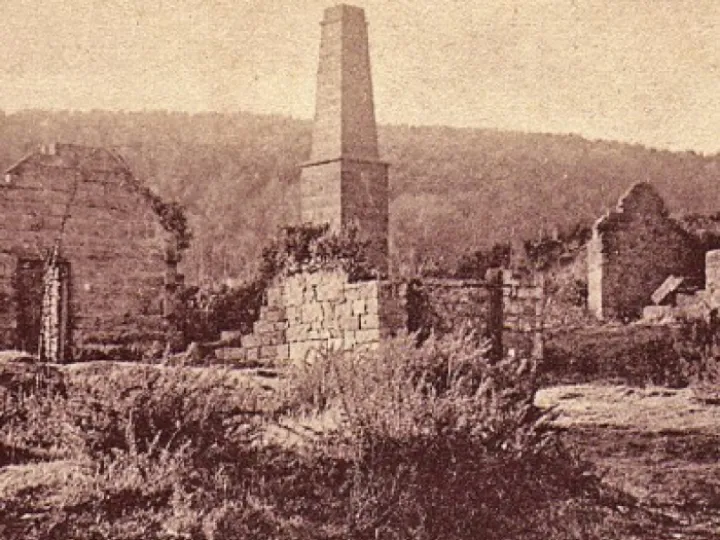Philip Egerton - 1630-1698
Sir Philip Egerton, born in 1630, is remembered on the Cheshire Sandstone Ridge, most notably in having developed the Copper Mine at Gallantry Bank, Bickerton; a heritage and cultural legacy.
Sir Philip lived through the turmoil of the English Civil War and of the Restoration.
His grandfather had been the first of the family to sit as MP for Cheshire. His mother was an ardent Puritan but his father maintained good terms both with Charles I and with the Parliament. Philip's sympathies were Royalist.
He held various county offices and raised a troop of horses for the Royalist uprising of Sir George Booth in 1659.
He was knighted at the Restoration of the Monarchy and was active in repressing disaffection in the early years of Charles II.
He entered Parliament at the general election of 1679 with Lord Shaftesbury remarking on his honesty, and he became an active Member of the first Exclusion Parliament. He was again active in James II's Parliament but in 1690 he was imprisoned in Chester Castle as a Jacobite suspect.
While extracting the copper at Gallantry Bank, Sir Philip commissioned the mining engineer JD Brandshagen to make suggestions for the improvement of the workings and a letter written by Brandshagen to him in 1697 suggested many Rules for running the mine more efficiently.
He may well have become a pioneer of mine safety but unfortunately Sir Philip died one year later and it is not known whether the advice was accepted. The mine had a chequered history and was never very profitable.
CLICK HERE to read our very detailed article regarding the Copper Mine.
The family's Tudor house at Oulton was destroyed by fire but Philip's son, John, began to rebuild it in 1715 and the dynasty continued.
The parliamentary record of the Oulton branch of the Egerton family was not resumed until the nineteenth century when another Philip rose to prominence.

Sandstone Ridge Trust
Registered Company No. 7673603
Registered Charity No. 1144470
info@sandstoneridge.org.uk

